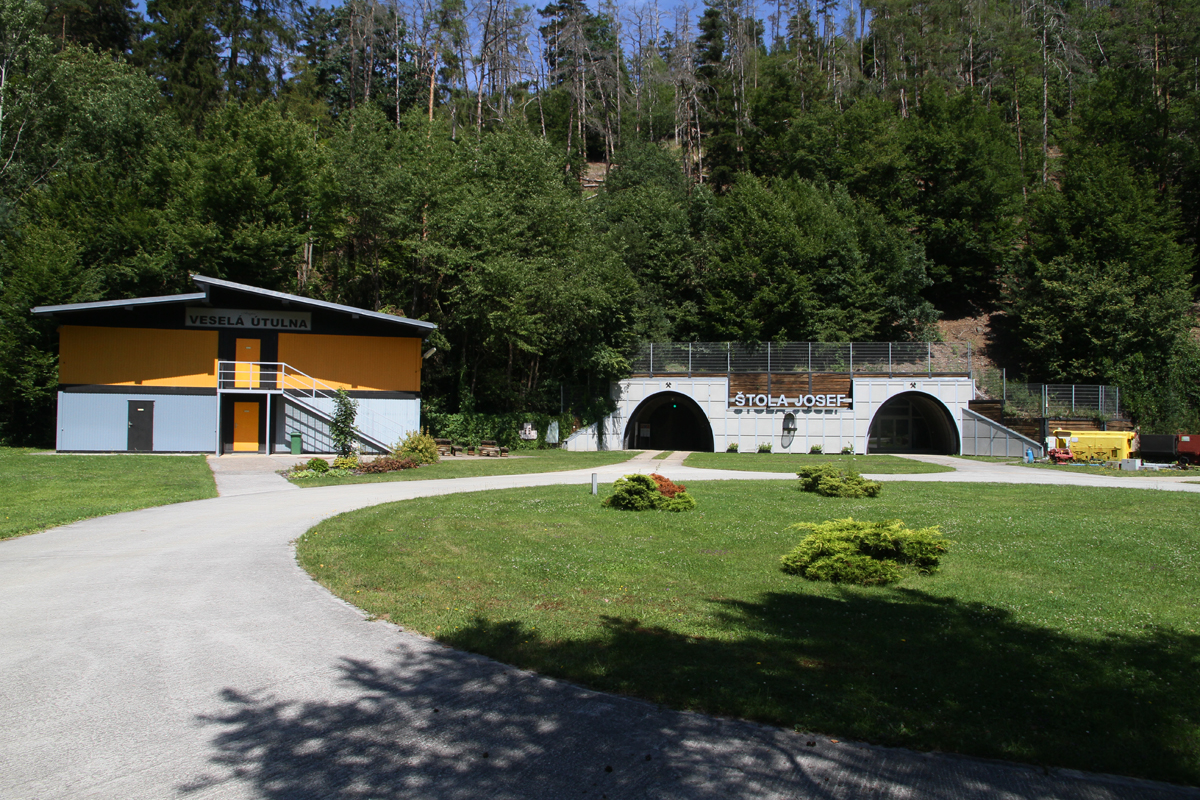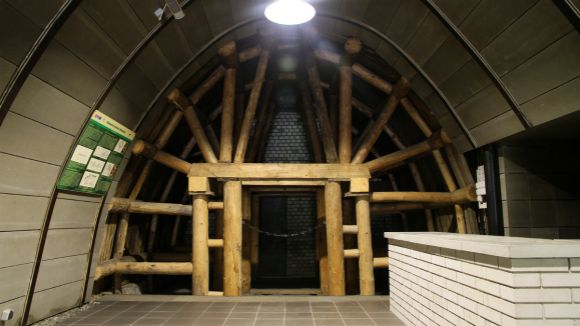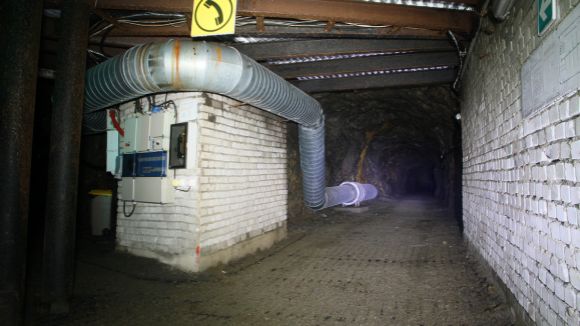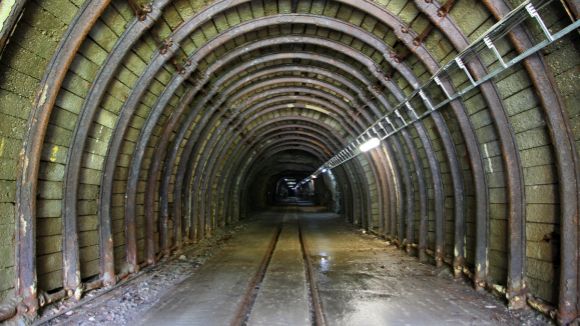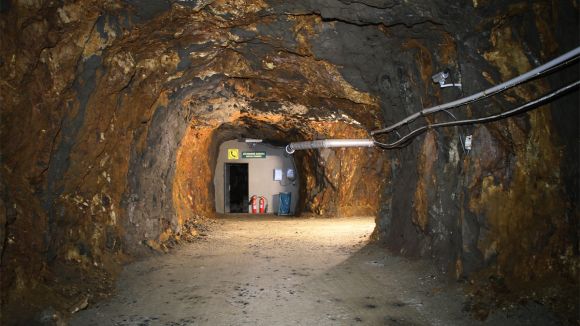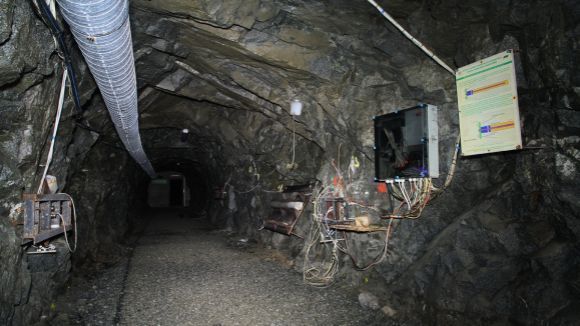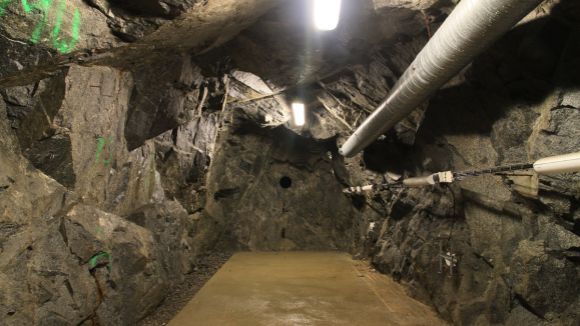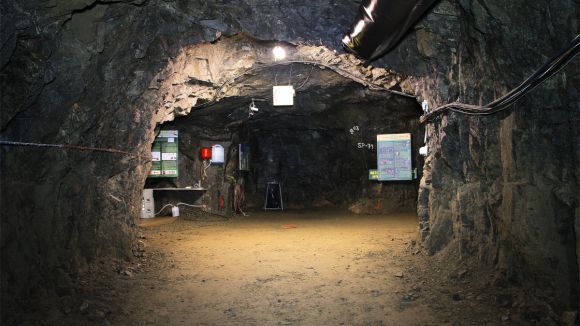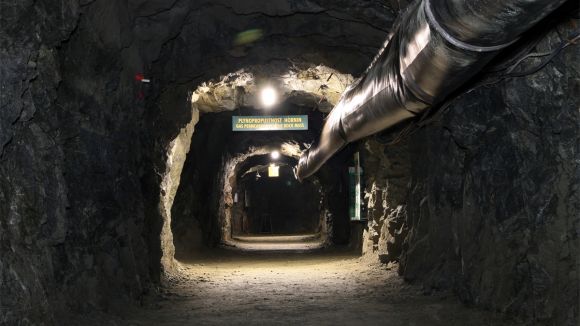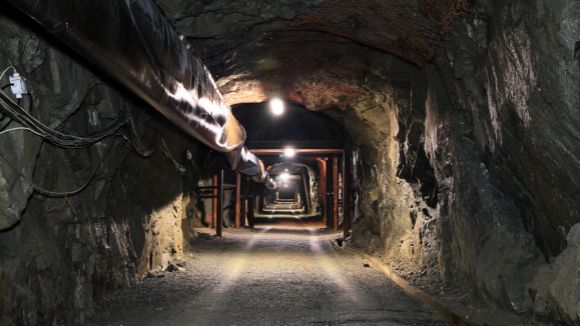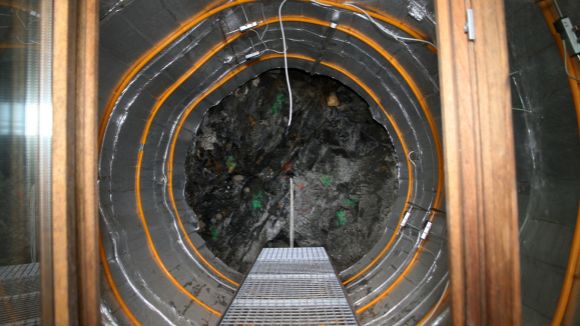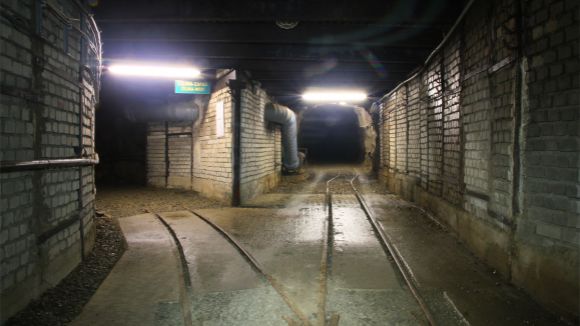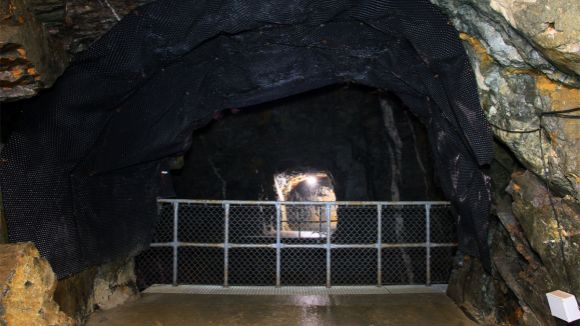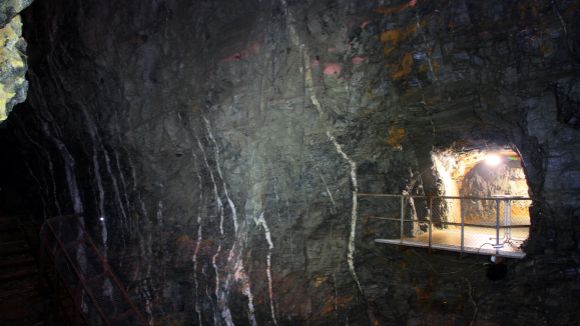Josef Underground Laboratory – Internet and eduroam 130 meters underground
Prague, August 9th 2022. CESNET’s wide range of national e-infrastructure services covers the needs of users in many different fields. In our search for where our services are available, we came across one very interesting place, the Josef mine near the village of Chotilsko in the Příbram region. One of our members, Czech Technical University in Prague, and its Centre for Experimental Geotechnics of the Faculty of Civil Engineering operates the Josef Underground Laboratory there, courtesy of the Ministry of Environment. We quickly arranged a visit with the head of the experimental facility, Dr Jiří Šťástka, and his deputy, Dr Jiří Svoboda.
The Josef mine (Štola Josef) is located between the villages of Čelina and Mokrsko in the Příbram region, 50 km from Prague. In a picturesque place near the Vltava River, we were welcomed by Dr Jiří Šťástka and Ing. Danuše Nádherná, who introduced us to the history of the mine and then showed us around the area.

Entrance to the Josef mine
Professor Jaroslav Pacovský was the main author of the idea to use the mine, which had already been abandoned at the time. He was also the developer of the unique underground workplace. Currently, practical training of students from disciplines mainly focused on underground construction takes place here, and research projects in many areas are carried out here, especially projects related to the research of materials intended for storing radioactive waste in a deep repository.
The mine was excavated in the 1980s, among other things, for the exploration of gold deposits in two locations, Čelina and Mokrsko. The total potential of both deposits was estimated at 130 t of gold. The exploration was completed in the early 1990s. Possible gold mining has been identified as an environmental risk. The necessary method of quarrying from the surface, cyanide leaching, residual arsenic, the neighbourhood of the Slapy reservoir – Vltava river and the necessity of moving the village of Mokrsko gave the gold mining project a red flag.
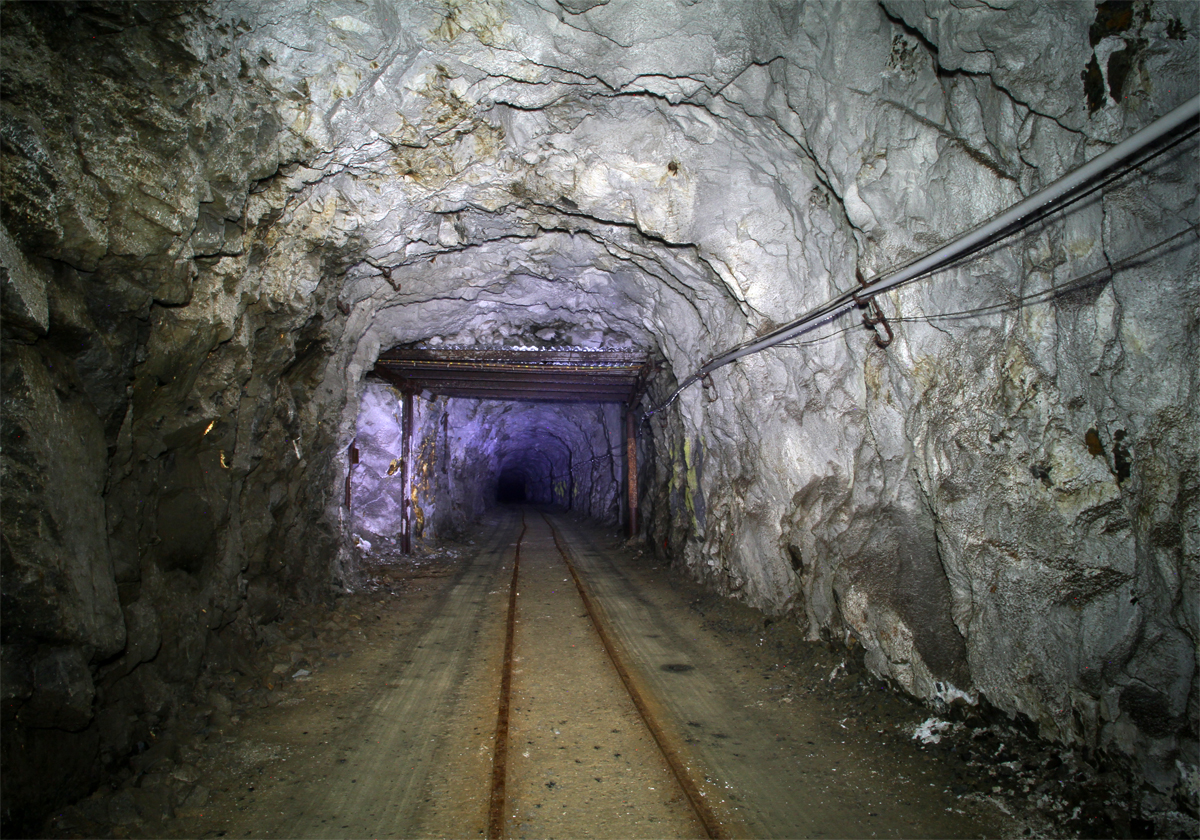
Entrance corridor to the Josef mine
The tracks and wide corridors remain from the era of exploration. Instead of following the tracks, we enter the tunnel with our guide by car. The tracks are not used for normal movement around the mine, they were and are used for construction purposes and transporting materials for maintenance. First, we drive to the end of the spine tunnel to see the 136-meter-high ventilation chimney in the Mokrsko area. This chimney was used to run fibre optic cable and electricity into the Joseph mine. Scientists and students have access to the internet. As part of their experiments, they install various sensors and probes and connect their monitoring via the Internet to their home laboratories, where they work with the collected data. The internet connection is provided by CESNET, as well as the academic wifi coverage – eduroam. Apart from the ubiquitous humidity, our users are provided with normal conditions for their work, they don’t have to be constrained in any way, they are always connected to colleagues and collaborating institutions, and they are somewhere up to 130 meters underground!
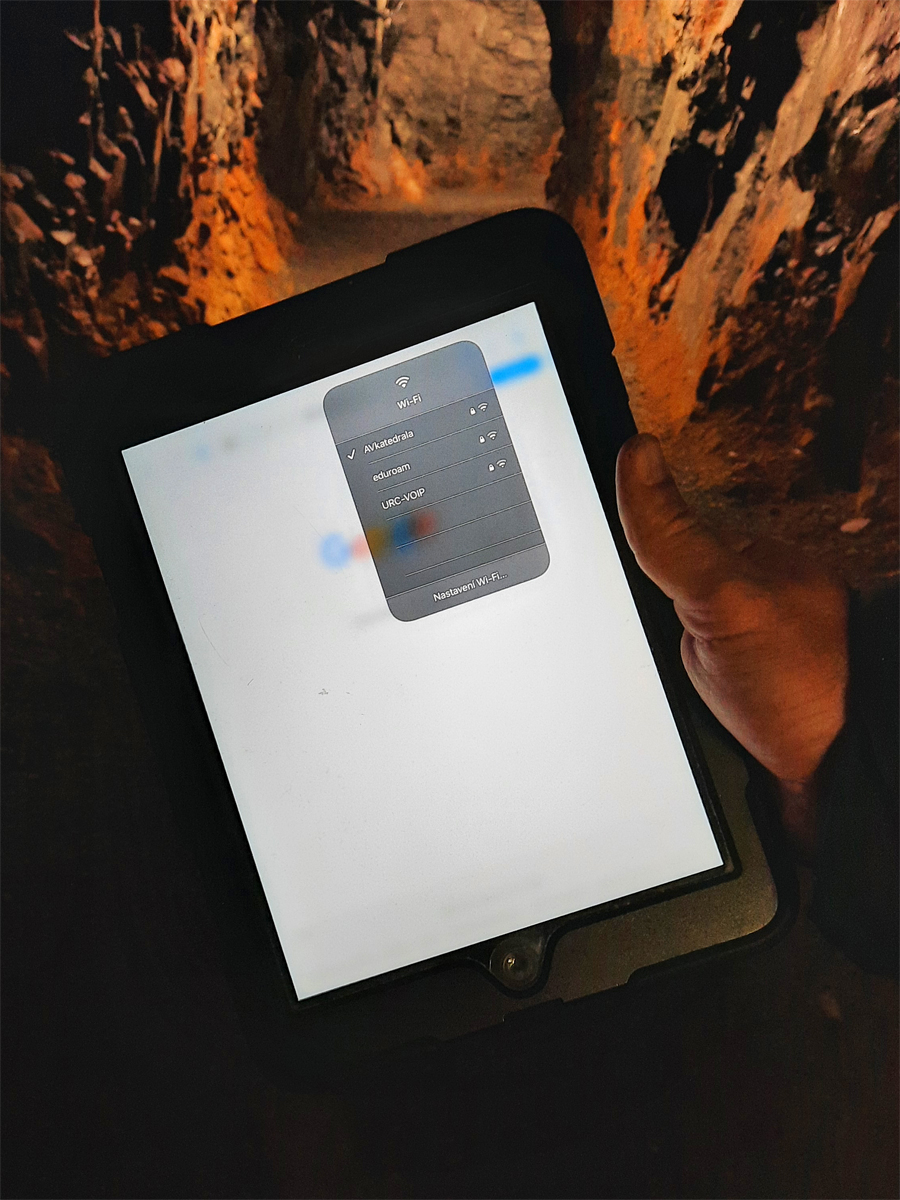

eduroam in the mine Technological connection point
With the increase in underground activities, the surface background has also undergone fundamental changes. The Regional Underground Research Centre URC Josef was created from a grant from the Prosperity programme and the funds of the Faculty of Civil Engineering. The renovated former mine building provides usable space on three floors with an area of 914 m2 including an experimental hall, accredited laboratories, technical facilities, office space and a multifunctional conference room.
We had the opportunity to get to know three projects that are being implemented underground. The Mock-Up Josef project, DOPAS and the Engineering Barrier 200C. All these projects are related to the construction of the underground radioactive waste repository. The results obtained allow a better understanding of the processes taking place in the Deep Radioactive Waste Repository, e.g. in the seals and pressure plugs, or inside the bentonite barrier, which is loaded at different temperatures and saturated with water. All the experiments are connected to measurement panels that collect data from the installed sensors and send it to the scientists and students in their home laboratories for further work. More information can be found at ceg.fsv.cvut.cz.

Experiment Mock-up Josef
After visiting the experiments, we head back towards the area of Čelina. On the way, we pass a 40-metre chimney and can’t help wondering what it is used for. “This is where they carry out, for example, crash tests of drones or concrete block penetration tests. During the crash test, impact speeds of around 100 km/h are achieved”, our guide describes. Our astonished looks don’t faze him and he continues. “Here we have a mannequin of a person and from a height of 3 metres, from a floor above us, a drone is “thrown” down and the effect of the drone’s fall on a person is examined, the consequences of such a fall are assessed. This space is mainly used by the transport faculty.” In short, there is plenty of space in the tunnel for different types of experiments from different areas and disciplines, and no collaboration is discouraged.
Our tour is slowly coming to an end. We are fascinated by the gold-bearing quartz vein that stretches along our path. And no, we really didn’t take home any gold. But we’re not sad. We have no desire to leach gold with potassium cyanide. We’d rather focus on the highlight of our visit. The cathedral! We can’t wait to see it. There are many stairs to climb to the upper mine floor. But the effort is worth it! A huge cavern opens up in front of us, a remnant of an experimental gold mining operation carried out in 1991. The name “cathedral” is very appropriate. This amazing space is 40 metres high. It has its stage, an auditorium for 20 people and side balconies. The mine workers can light and sound it beautifully using a tablet via eduroam. It’s a unique experience. It’s a pity there are no public tours now. But we have been assured that they are working on resuming tours, by appointment for larger groups. You can look forward to it! And there’s that ubiquitous interdisciplinary use of the mine again. Here at the Cathedral, too, students have been working on their research projects. Those from architecture have been thinking about how to use the underground and what types of structures could be placed in the volume of such a cavern. “The classes are now in their fourth year and we are now thinking of more topics together,” adds Dr Šťástka.

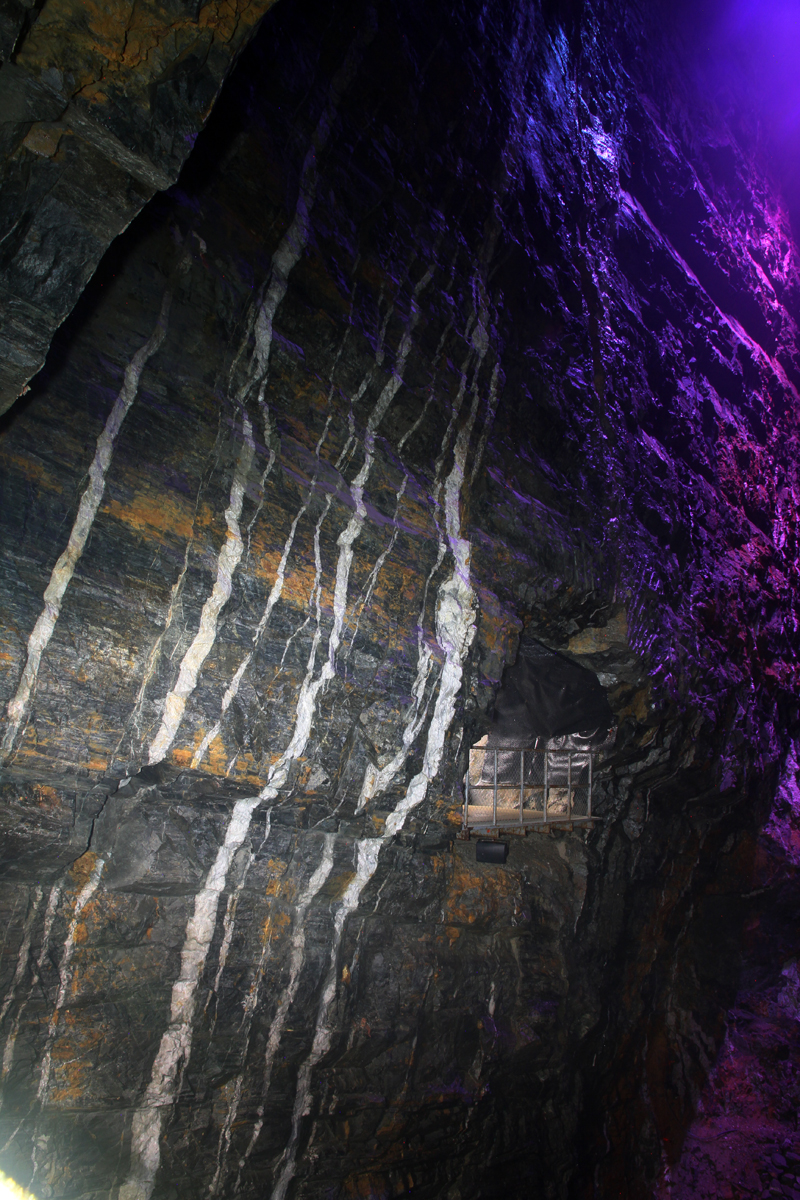

The Cathedral
And now we’re really at the end of the tour. You can see that they take care of the mine, they know how to use its potential well. CESNET services, internet connection, eduroam, computing and data storage and other services are available to students and researchers. Thus, they have standard conditions for their work, even in a non-standard environment. The underground laboratory is open to all interested parties. In addition to excellent conditions for research work, there are also pleasant facilities and well-kept surroundings with a pond. We liked it very much and will come again.
